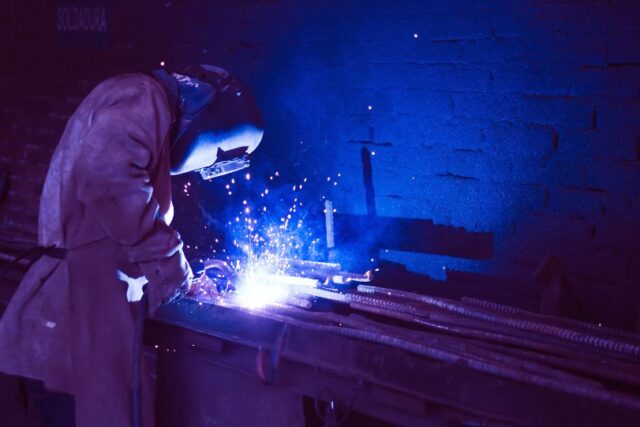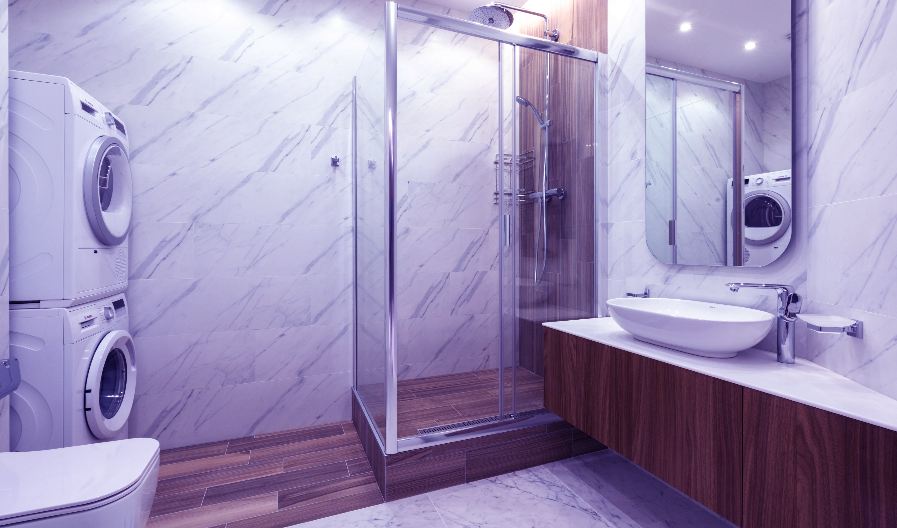Welding is the process of bringing two or more parts together to make a single product. The heat or pressure or both these elements function to join many chunks. One can apply this process to wood, thermoplastic and metals to create a weldment. The parent material and filler form the final product called weldment. The parent materials are the raw materials for welding. The filler is the substance used for making the joint. Welding gases find uses in the welding process. You can select the perfect type of welding gas from the various options present.
Welding is the heart of many industries. Its explicit functions in the construction sector make monuments. The construction industry stands in third place in Australia, generating a revenue of 360 billion dollars. The welding process is also fundamental to the automotive industry. An astonishing fact is that a car uses about 5000 welds. Other manufacturing sectors like aerospace, shipping, decor and railways also centre welding as the prime process. The prefered element for welding is the welding gases. These gases cover the arc from dust, air and other gases to keep the weld clean on the underside of the seam and heating metal.
Functions of welding gases
Gases are of two types. The first one is an inert gas. These gases do not react with any substances to produce any effect but work as a protectant. The second type is the reactive gas. As the name suggests, it creates some reaction when it comes in contact with the parent or filler material.
Here are some functions of inert gases:
1. Shielding gas
Shielding is the prime function of weld gases. An ugly weld tends to form when air enters the arc while welding, creating air bubbles. Such welds could be weak and can break easily. You cannot do a metal inert gas welding or a tungsten inert gas welding without the shielding gas. These shielding gases do not react with the material, thus making them perfect for shielding and making the weldment last longer under extreme conditions. They can keep the weld away from contaminants such as oxygen, nitrogen, water vapour, etc. The presence of the other gases can lead to a weak weld. The shielding gases protect the weld by their properties of higher penetration, more fluid nature when melted and smooth texture on the bead.
2. Purging gas
Purging gases have the same purpose as shielding gas welding, but here it’s done separately from the traditional process of the weld. It is used below the weld joint and not above it. When you weld the top joint and the bottom of the joint, oxygen is evacuated from the pipe, tank or chamber by a noble purging gas. One can also use a different gas to that used on the top of the joint. Most of its application is on stainless products.
3. Heating gas
Gas welding requires the metal to be hot before welding. This additional factor could replace the necessity of an arc. Here the fuel gas mixes up with oxygen and is lit by a flame to produce heat and melt the parent material or filler to weld.
4. Blanketing gas
In tanks and other spaces, air or other contaminants can create problems by damaging or staining the finished product; when the weld is hot. One can avoid these problems with blanketing gases. Blanketing defines filling these spaces with some gases so that air cannot enter. If the air has already filled the tank, still these gases can blank them off to keep the tank away from other reactions.
Types of gases
There are two types of gases; one is their pure form and the other is their moisture.
The pure gases used in welding are
- Argon
- Helium
- Carbon dioxide
The gases used in mixtures are
- Oxygen
- Nitrogen
- Hydrogen



Lastest Posts
Lifestyle
Big Game Hunting in The Iberian Mountains: Must-Visit Destinations for Hunters
Education
How machine translation is changing the industry: When to use it and when to avoid it?
Health
EEG Analysis: Technology Connecting the Brain to the Future
Marketing
Advancements in Solar Panel Technology: Illuminating the Path to a Sustainable Future
Lifestyle
How to Build a Capsule Wardrobe: Essentials for Every Man
Lifestyle
Women in the Catholic Church: Roles, Recognition, and Calls for Change
Marketing
Experiential Marketing for Brands: Crafting Unforgettable Consumer Connections